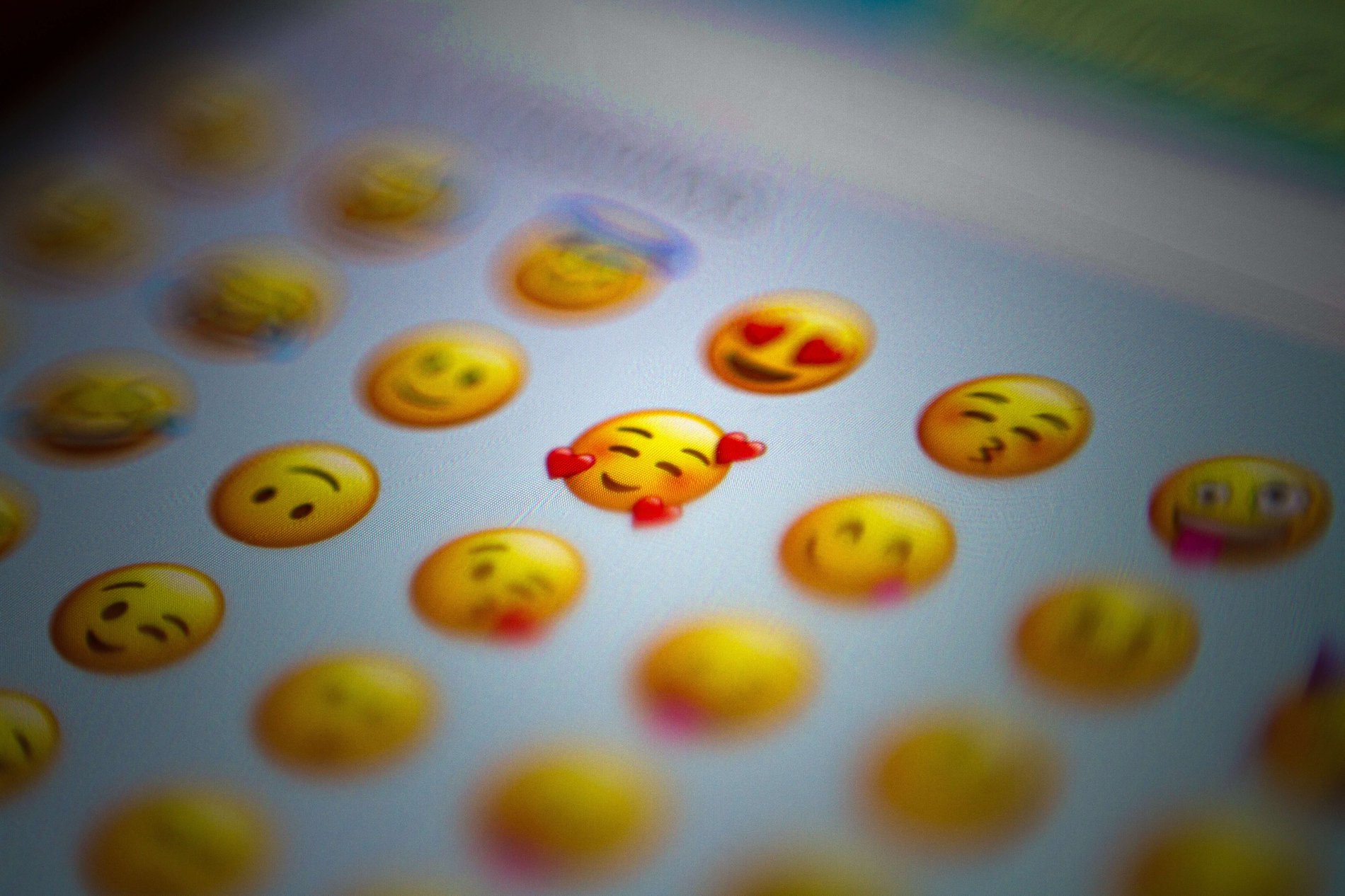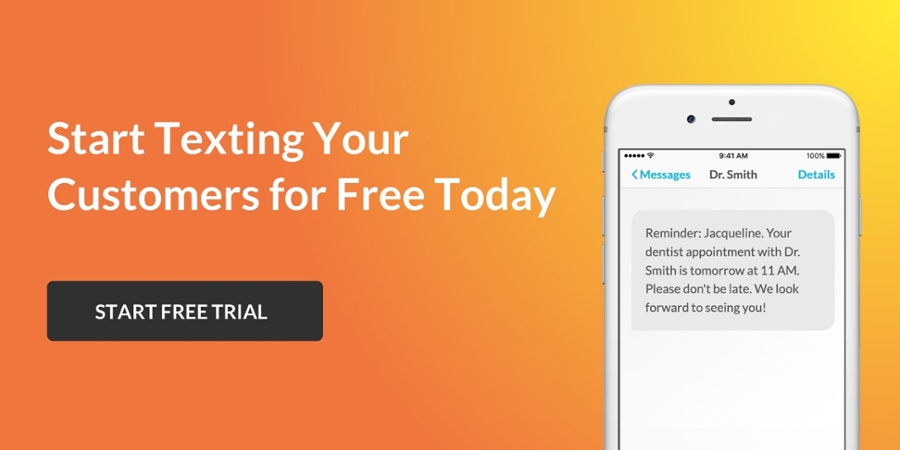Who doesn’t love emojis? These tiny symbols make a huge difference in how we communicate over text. They’re a great tool for adding variation and personality, clarifying the tone of our message and making our text eye-catching. While we most commonly use emoticons and emojis casually, did you know that they can also be great marketing tools?
Emoji marketing is a great way to increase click-through rates, open rates and engagement. This blog will cover the differences between emoticons and emojis and share insight into how you can use them to supplement your text marketing efforts.
Emoticons vs Emojis
Emoji and emoticon are often used interchangeably – but they’re not the same. Although you can use both to spice up your text marketing strategy, it’s good to know the differences before you use them.
What are Emoticons?
Emoticons are sets of punctuation marks, letters and numbers that are arranged to assemble different faces. Because of the arrangement of keyboard symbols, most of the faces are read sideways. Here are some examples:
:) → Happy
:( → Sad
:/ → Unsure
:D → Excited
:0 → Surprised
Emoticons came from a joke gone wrong at Carnegie Mellon University in 1982. A message about a fake mercury spill sent students into a spiral, leading Dr. Scott E. Fahlman to suggest that jokes and nonjokes be separated with a smiley face “:-)” and a frowny face “:-(“. This fun way to convey emotions and messages in virtual spaces became a hit amongst internet users, and they’re still used to this day.
What are Emojis?
Emojis are the successor of emoticons. Unlike emoticons, which are limited in their usage, emojis convey hundreds of different faces, objects and symbols. Emojis are loved around the world, and they’re one of the only forms of communication that can be understood across cultures and languages.
Emojis were invented in 1999 by Shigetaka Kurita for a Japanese user base. They started simple, and gained popularity when Apple made them a permanent feature of iPhone keyboards in 2011.
Although emoticons are still in use, emojis are preferable because they add color and better express the emotion you’re trying to convey.
How and When to Use Emoticons and Emojis in Marketing
There are extensive benefits to using emoticons and emojis in your communication efforts. Let’s take a look at a few of them:
👉 Use Them to Humanize Your Brand
Including an emoticon or emoji in text messages makes customers feel like they’re getting a text from a person – not a robot. They’re a great way to give your brand personality and make your messages personable and relatable.
Before using emojis, make sure that your use is appropriate to your demographic. 43% of consumers aged 25 to 44 prefer messages that include emojis. Younger audiences, particularly Gen Zers, also prefer messages that include some form of signage.
👉 Use Them to Make Content Scannable
Long, text-heavy messages don’t hold customers’ attention. Emoticons and emojis make it easy to glean the purpose of a text, and they add context for the reader.
Like wordy texts, emoji-heavy texts can be a turn-off – so double-check that each of the symbols has a purpose before you hit send.
👉 Use Them to Drive Engagement
Emoji use in channels like email and social media drives higher open rates and response rates, which is a good indicator that emojis positively impact SMS marketing. Many of us already use them in our text messages daily, so why not use them in business-to-customer communications?
Emoji Resources
There are many different resources available to copy and paste emojis for free if you’re working from the web. Here are a few of our favorites:
😀 Emojipedia
Emojipedia lists the different emojis and makes it easy to copy and paste them from the web into your text. It also breaks them down into categories, ranks them by popularity and even includes the latest emoji news stories.
😀 Get Emoji
Like Emojipedia, Get Emoji makes all existing emojis available for you to copy and paste. Get Emoji offers emojis that are compatible with iOS, Android, Mac and Windows.
😀 Emojisaurus
Emojisaurus turns phrases and sentences into a series of emojis that convey the same message. For example, “Eye of the Tiger” is 👀🐯 and “Orange is the New Black” is 🍊➡️🆕⚫️. This may be useful if you’re looking to play a decoding game with your customers (Check out this Buzzfeed quiz for inspiration).
Emoji Marketing Best Practices
Before you use emoticons and emojis in your next marketing campaign, consider these best practices:
- Know what the emoji is before using it (some are commonly misused)
- Don’t force it (if the emoji doesn’t fit the tone or style of your message, use another visual)
- Consider diversity when using emojis that represent people
- Don’t overuse emojis (stick to one emoji per 160 characters)
- Avoid relying too heavily on emojis to convey your message
- Don’t use emojis to replace text
- Test your texts before you send them to ensure that emojis look good in the message
Add Some Life to Your SMS Campaign
Emoticons and emojis are a simple way to uplevel your SMS marketing efforts, add color to your text and make your brand more personable and relatable.
Ready to start texting your customers with emojis? 🤔 Textedly offers easy-to-use SMS solutions that allow you to reach your customers quickly and effectively.
Get started today with a free Textedly trial!








.png)